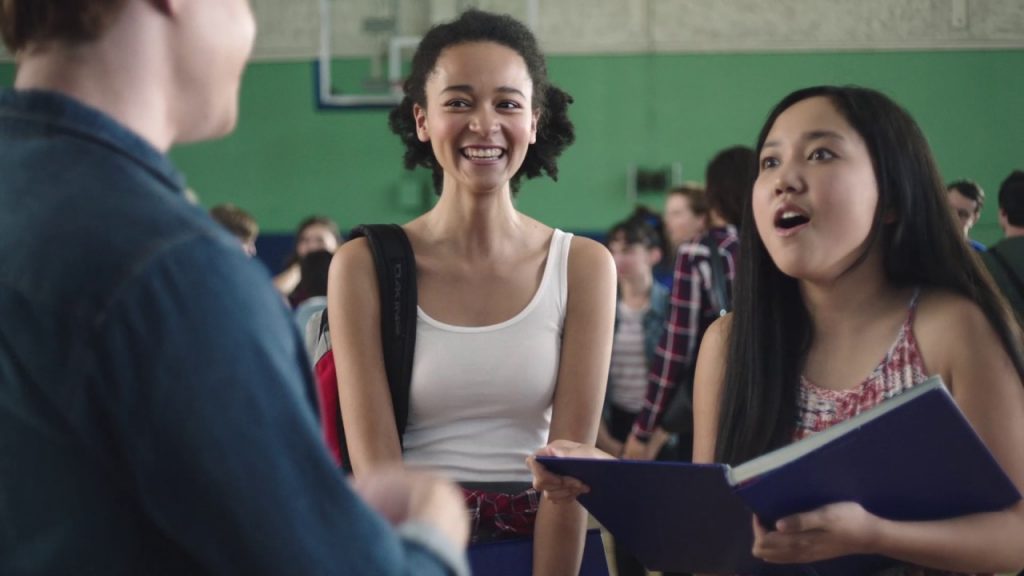The Sandy Hook Promise, a national non-profit founded by some family members who lost loved ones in the 2012 school shooting at Sandy Hook Elementary School in Newtown, Conn., works with students and educators throughout the country on how to recognize the signs that lead to incidences including gun violence and suicide.
Program directors brought their mission to AASA’s national conference on Saturday morning through an interactive session. Tim Makris, founder and managing director of the Sandy Hook Promise, discussed how school districts could train both school administrators and students, as well as provide tools to prevent gun-related deaths and injuries.
To begin the presentation, Makris shared a powerful public service announcement developed recently by the Sandy Hook Promise called Evan, highlighting the importance of paying attention to how students interact with others and use social media.
The PSA highlights the key signals:
- being over aggressive and/or lacking self-control
- chronic social isolation
- threatening behavior
- mental illness and/ or behavior shifts
- antisocial behavior
“You need to observe multiple signs or signals,” said Makris. “If you hear about a student making a definite threat, take it seriously and act immediately. Sometimes when the threat is said publicly on social media or to peers, the threat isn’t taken as seriously.”
Almost always there are signs before a mass shooting takes place, and many such acts are planned at least six months in advance, he told the audience.
Makris noted how suspending a child is not a solution. He highlighted how earlier this year, Sandy Hook Promise trained educators in an Ohio school district on recognizing the trouble signs. Soon after the training, there was an incident of a reported threat in Ohio.
The normal process would have been to suspend the student, but using the techniques learned from the training, the district brought the child in for evaluation, looked at the child’s social media and saw the plan to bring a gun to school was apparent on the child’s social media page. All the school district had to do was ask the child about it.
Social media is a major way that the Sandy Hook Promise connects with both educators and students.
“Students are using over 20 social media applications, while educators use at most a couple of those applications,” said Makris.
Recognizing the large use of social media, Sandy Hook Promise developed a Know the Signs training program. One such program is Say Something, which makes it easier to connect with students on how to recognize warning signs that lead to violence or suicide, particularly on social media.
In this program, there are three steps, to help schools connect to individuals before they hurt themselves or others: (1) look for warning signs; (2) act immediately and take it seriously; and (3) say something to a trusted adult.
Later this year, in an effort to expand the Say Something program, Sandy Hook Promise is developing an anonymous reporting system through a mobile application. Through that tool, if a student feels pressure to not talk with an adult about an issue, he or she will have an alternative to report the incident.
“It’s important that these aren’t one and done programs,” said Makris. “These programs and trainings need to be embedded and sustained at schools.”
(By Rebecca Shaw, a reporter for Conference Daily Online.)


